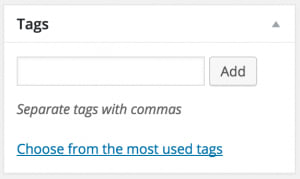Speaking at Remote Working Conference 2016
Join team 10up (from wherever you are) on Dec 6 and 7 for the 2016 Remote Working Conference. This two-day streaming event focuses on how to succeed in a remote working environment and will dispel the myths around distributed teams.
On Day 1, John Eckman will present “Distributed, not Disconnected: Employee Engagement for Remote Work.” Remote teams carry the stigma of being less connected than their co-located counterparts. John will share techniques and tools to drive engagement in a distributed workplace.
On Day 2, I close the event with my talk “Designing a Better UX Hiring Process.” Vetting UX applicants can be a challenge for remote agencies. Video interviews and online portfolios help, but cannot be the only metrics used to find the best UX design talent. In this talk, I’ll share our strategy for attracting and hiring top UX candidates.





